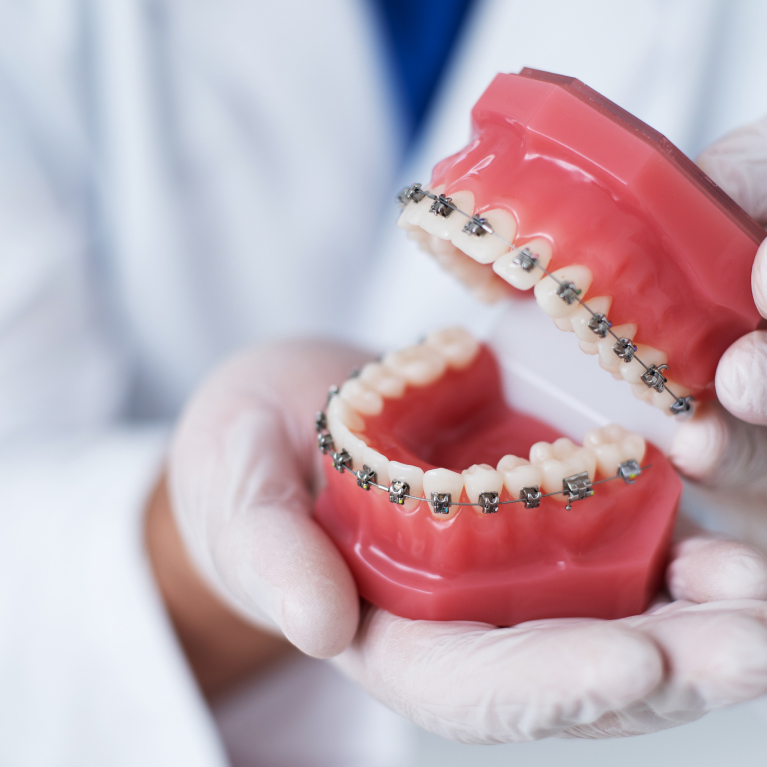- Home
- About Us
- Our Service
- Post-Operative Instructions
- Facilities
- Gallery
- Testimonials
- Blog
- Contact Us

- Home
- About Us
- Our Service
- Post-Operative Instructions
- Facilities
- Gallery
- Testimonials
- Blog
- Contact Us

Congratulations on your orthodontic treatment! Today you have taken the first step towards healthy, straight teeth and a beautiful smile. By doing so, you’re on your way to achieving a better-aligned, more attractive, and healthier smile. The effectiveness of your treatment will depend on how well you take care of them and maintain the health of your teeth and braces, whether you choose to wear traditional braces, transparent aligners, or other orthodontic tools. During your treatment, your orthodontist will keep you informed about what to expect in terms of how your appliances will feel and the changes you’ll see and provide specific care instructions. Don’t hesitate to ask any questions you may have, as the doctors are always available to address your concerns.
Every orthodontic patient goes through an adjustment period when their appliances are first placed. When wearing braces for the first time, the adjustment period can be the most difficult. For a few days, you can feel general oral discomfort and sensitivity while biting down on your teeth. Your lips, cheeks, and tongue may need a week or two to adjust to the appliances' presence, depending on the type of braces you have. Your orthodontist will suggest numerous treatments and advice to help you manage this brief discomfort. These methods may also be applied during any transient discomfort that may occur after future adjustment visits. Orthodontic wax and instructions on how to use it on a wire or brace that can be irritating will be given to patients using traditional braces.
For the best hygiene control, it is recommended to get a professional preventive cleaning by a dentist every 3 months. If the bracket has become unstuck, then it must be fixed as soon as possible. In reality, this situation carries more risks than you might think.
Braces don't come off on their own! Avoid excessive loads on the orthodontic appliance!!! You must remember that the effectiveness of treatment depends not only on the doctor but also on the patient. Following all the recommendations will definitely help you achieve an excellent treatment result!
#55, Hospital Road, Dehiwala, Sri Lanka.